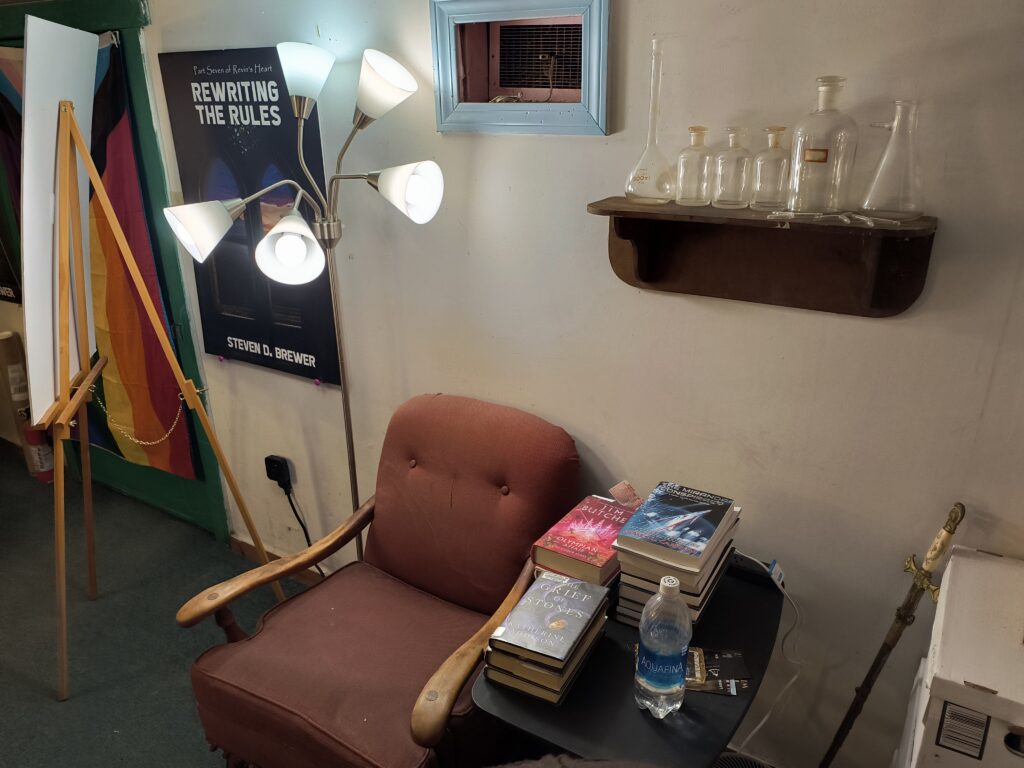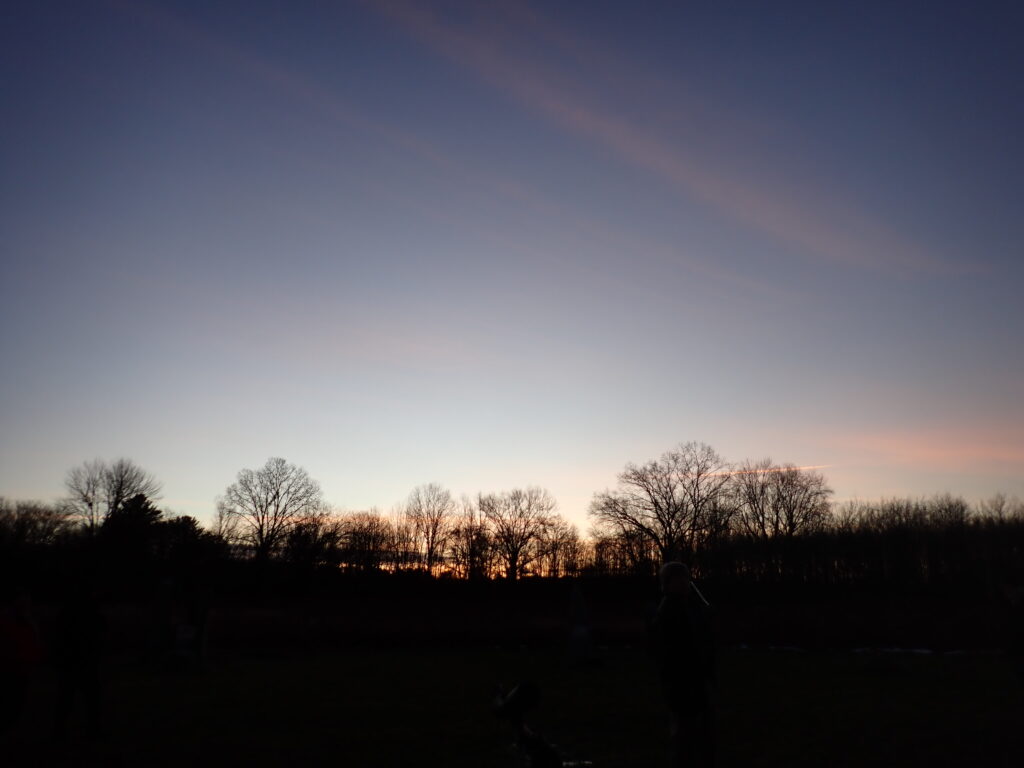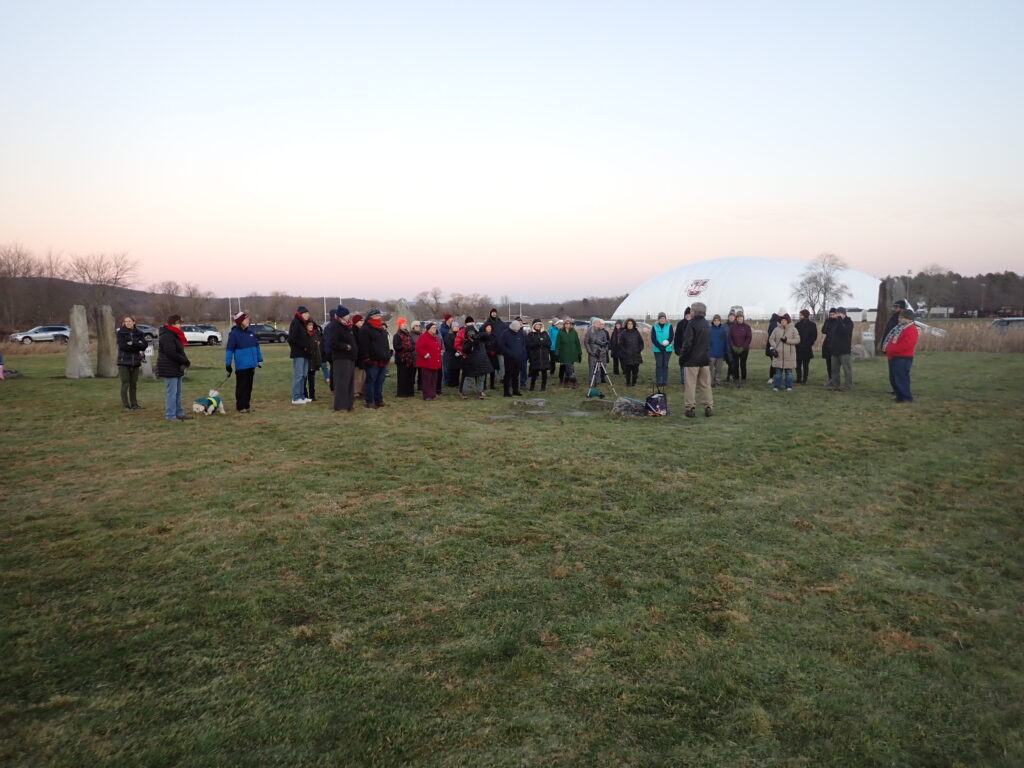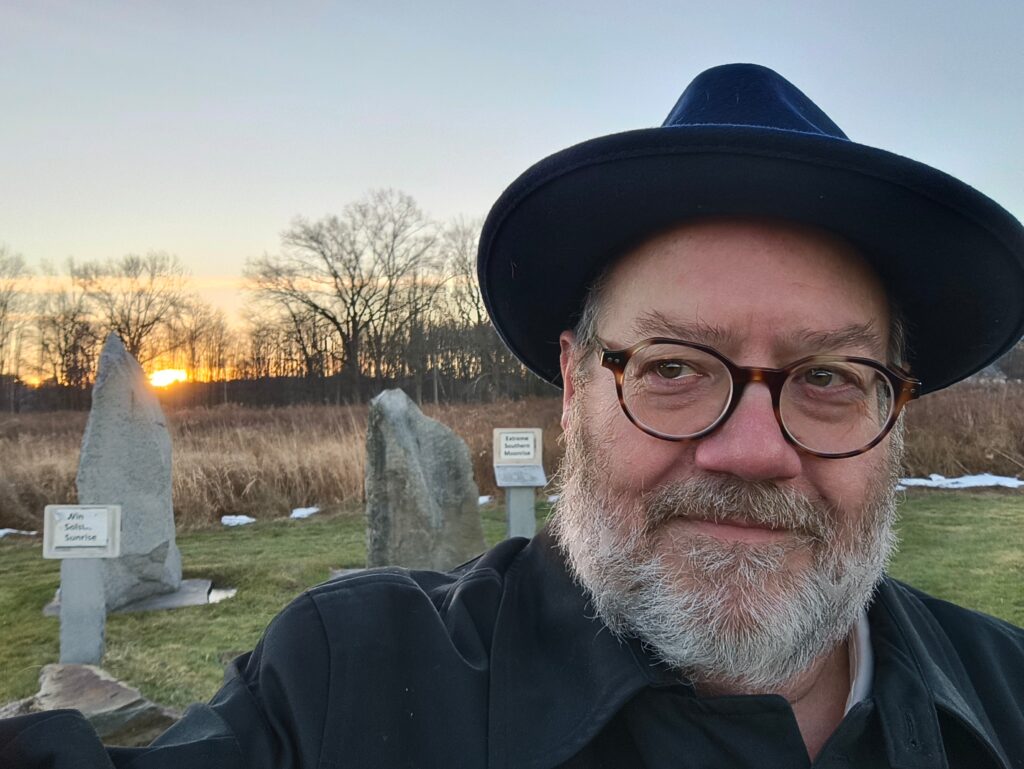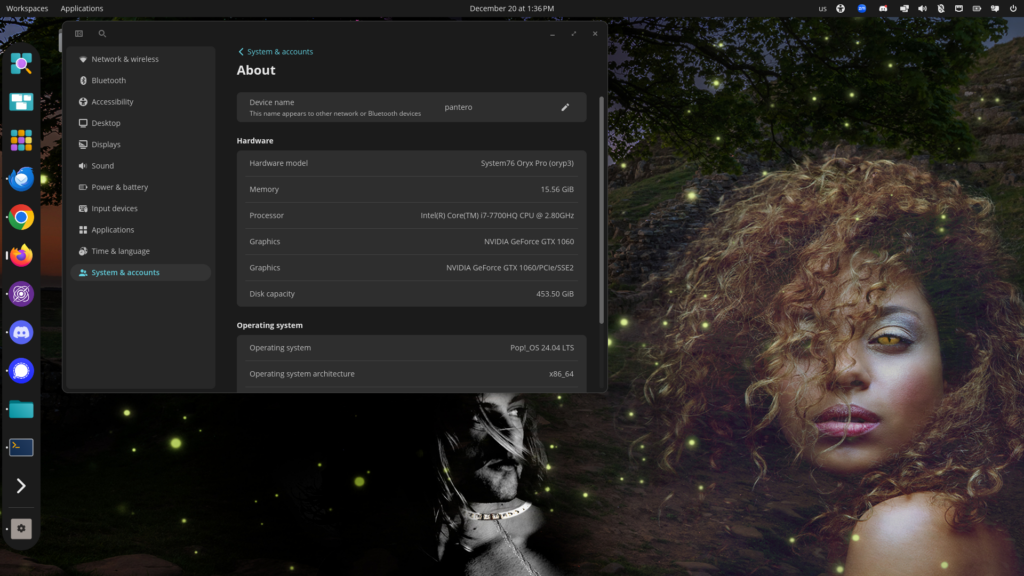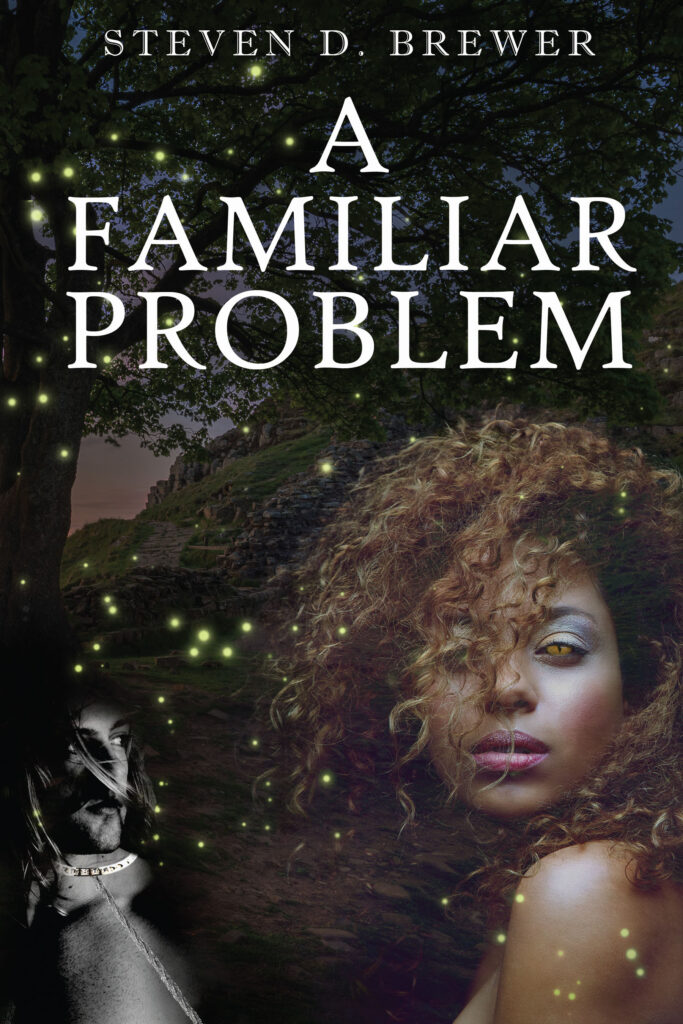As I reflect on my year of writing in 2025, it was a somewhat discouraging year. I did quite a bit of fiction writing, but almost none of it got published. I wrote 26,000 words of short fiction and did 20 submissions. Zip.
I also worked on longer fiction. I finished the 19,000 word manuscript for Ecorozire! the third novella sequel of Revin’s Heart. It’s not clear when they might ever see the light of day. I also finished a 43,000 word rough draft of my new novel The Ground Never Lies. It still needs a lot of work and fleshing out, but I haven’t managed to get to revising it.
The high point was that my first novel, A Familiar Problem finally came out. I wrote it in 2022 and it was rejected five times before being accepted for publication. I signed the contract in 2024 and the original scheduled publication date was December 2024. But it was delayed, first until January and then June. And it finally came out December 10, 2025. I had planned to use 2025 to promote it and scheduled myself to appear in conventions. But, over and over again, I was going without the new book to promote. This was rather discouraging.
I also had the discouraging interaction at Worldcon that left a rather bad taste in my mouth. I ended up having to interact with the other author again at LOSCon. If I hadn’t already made the arrangements to travel to Los Angeles, I probably would have canceled going. We got through it, but it really raised the tension — at least for me. I otherwise had a good time. I had many other positive interactions and, uncharacteristically for me, I managed to meet a lot of new people. And it was fun to unbox A Familiar Problem. Having a new book come out counts for a lot.
So, not everything this year was discouraging.
I did write a lot of blog posts — more than 80. Most are about stuff I was doing. A few were about news or writing. I wrote an Awards Eligibility post. OK. That was a little discouraging.
I also wrote an article about bookselling for SFWA Planetside that is scheduled to appear in January. I have a companion blog post that I will release at the same time.
I was re-elected to a full term as Secretary of SFWA. The difference between service last year and this year is striking. When I joined the Board, SFWA had lost essentially all of its leadership and staff. With fresh leadership, we hired new staff who hit the ground running and really engineered a transformation. The Board has been able to return to developing strategy. Whereas, last year was all frenetic activity, this year has been more relaxed. That’s not to say there haven’t been moments of controversy and high drama (like yesterday). But, no matter how bad it’s been, it’s been better than last year.
My service to the Straw Dog Writers Guild continues. I run Straw Dog Writes and serve on the program committee. I ran the online meetup nearly every week for the second — going on third — year. The regular group is small, but lively, with a mix of less frequent participants. On behalf of the program committee, I invited and hosted several talks during the year. I also served on a committee to review candidates to potentially update the website. I was excited and encouraged to draft the recommendation that was taken to the Board but, unfortunately, nothing ever came of it. Maybe that was another discouraging thing.
Wandering Shop Stories is an ongoing pleasure. We have 168 followers on Mastodon and 69 on Bluesky. Asakiyume frequently boosts and offers thoughtful comments on contributions. We’ve held genuinely enjoyable quarterly meetings aligned with the major solar events (solstices and equinoxen). And we’ve brought on one or two new curators. I write to the prompt most days, although occasionally I use snippets of works-in-progress or even bits of published works. It’s a great creative warm-up exercise in the morning. And reading the contributions by other authors and interacting with the small community that has sprung up around the project is always a treat.
I also participate in a number of other writing prompts on Mastodon and Bluesky, including #WritersCoffeeClub, #WordWeavers, #PennedPossibilities, #ScribesAndMakers, #Writephant, #LesFicFri, #WIPSnips, and probably others. The community of writers on Mastodon is particularly strong and supportive.
The year was also the middle half of my phased retirement. It’s weird to think I’ll teach Writing in Biology just once more this spring. I’ve been teaching this particular class since 2002 and am ready to be done. It’s been hard to keep it fresh and, honestly, seeing the end of the road ahead, I haven’t tried very hard. I realized recently that, when I fully retire in August, I will have spent 30 years — basically half my life — employed by the University. That seems like something that calls for further reflection — and should probably be the subject of its own post.


